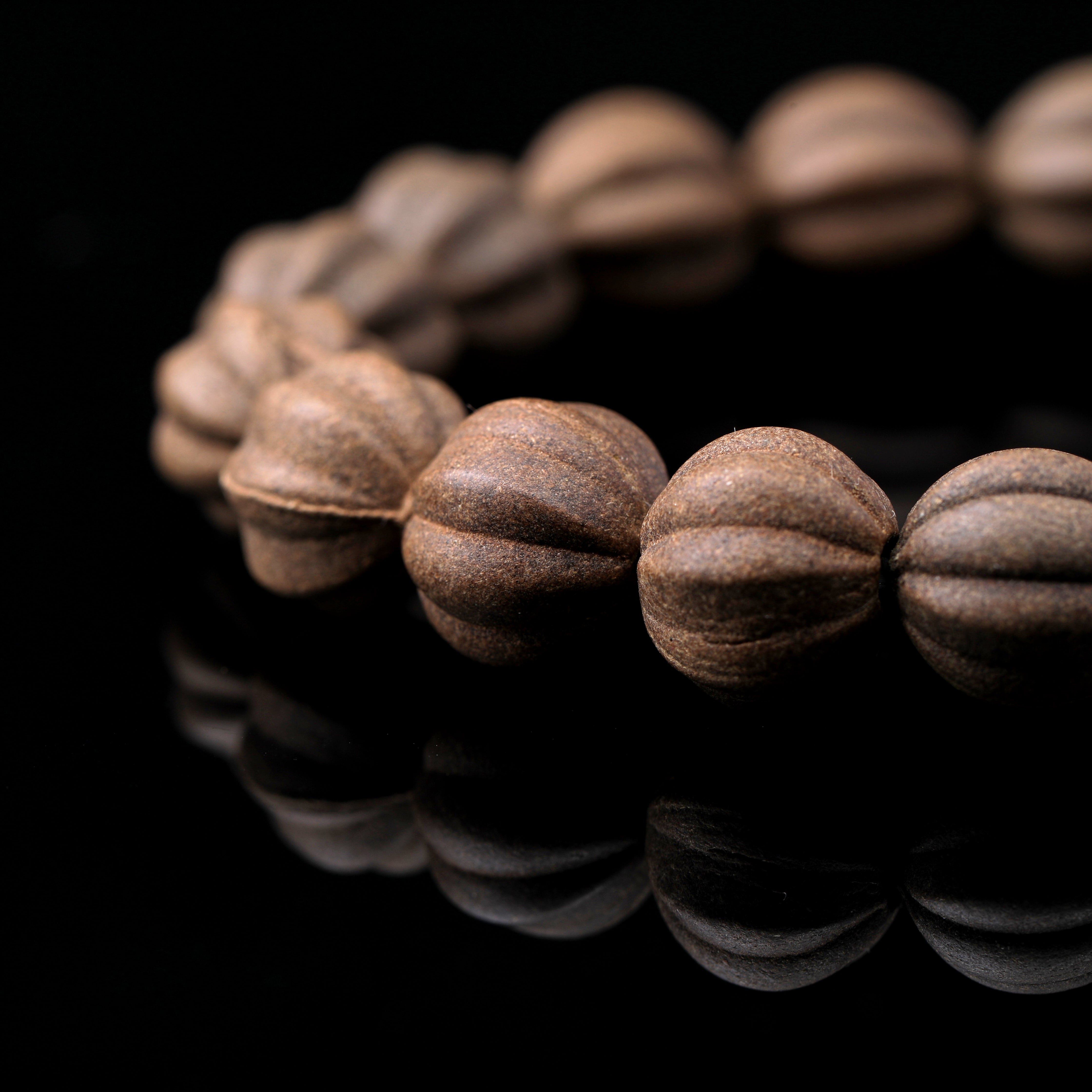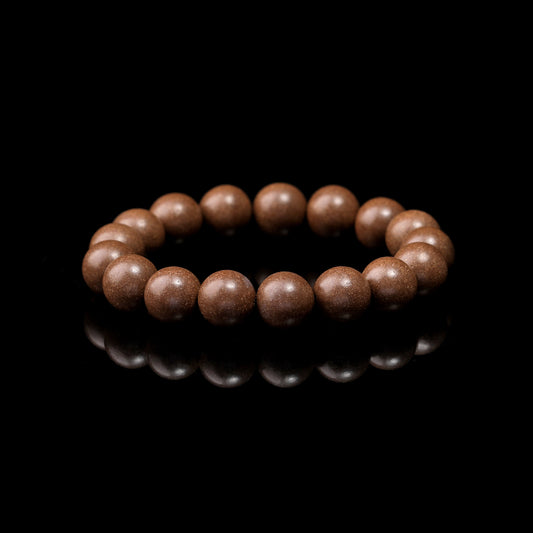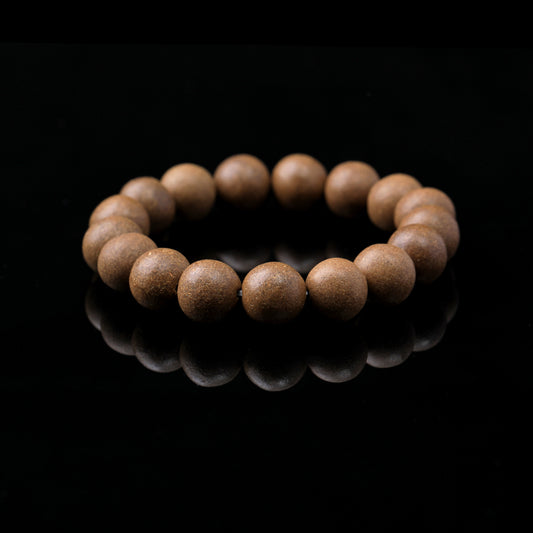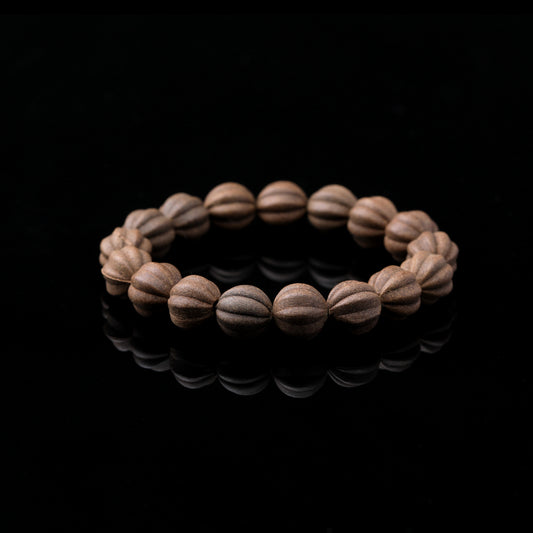The Eastern Wisdom of Unity Between Medicine and Fragrance
Here are the correlations and points of integration between them:
I. Interdisciplinary Integration: The Natural Overlap of Medicine and Fragrance
1. The Compendium of Materia Medica centers on medicinal substances but extensively documents fragrant materials (e.g. agarwood, sandalwood, musk, clove), detailing their medical values. For examples:
·Agarwood (沉香):
Classified under “Woods”, described as “pungent, warm, and non-toxic; treats edema caused by wind-water pathogens (风水毒肿) and dispels noxious influences (去恶气).”
·Mugwort Leaf (艾叶):
Listed in “Herbs”, with notes on its fumigation use to “ward off epidemics and purify impurities (驱疫避秽).”
2.Xiang Sheng, China’s first systematic treatise on incense culture. This 28-volume masterwork integrates incense materials, formulas, vessels, and cultural practices. Notably, many incense formulas directly cite or adapt pharmacological properties from the Compendium of Materia Medica. For example:
·Benzoin (安息香):
Used medicinally in the Compendium of Materia Medica to “treat noxious influences in the heart and abdomen (心腹恶气)” and employed in Xiang Sheng’s compounded incense recipes (e.g., Xuanhe Imperial Workshop’s Agarwood Formula).
II. Practical Application: Synergistic Effects of Medicine-Incense Formulations
1. Medicine Enhanced by Fragrance
The Compendium of Materia Medica documents medicinal substances requiring fumigation or wearable sachets to activate efficacy, such as:
·Atractylodes (苍术):
“Burning its smoke prevents epidemics” (aligning with modern air-disinfection principles).
·Cyperus rhizome (香附):
Blended with fragrant materials in incense recipes like Xiang Sheng’s “Mind-Awakening Incense” to “soothe liver and relieve stagnation”
2. Fragrance Guided by Medicinal Principles
Xiang Sheng’s incense formulations adhere to traditional Chinese medicine theory, including:
·“Harmony Incense” (四和香):
Agarwood, sandalwood, frankincense, musk combined for “activating Qi and blood circulation.”
·“Spring-in-Snow” (雪中春信):
Plum blossom, clove, borneol—inspired by the Compendium’s theory of “reviving orifices with aromatics (芳香开窍).”
Case Study: The Ming Dynasty’s “Epidemic-Preventing Pellet” (避瘟丹) merged Compendium’s atractylodes/realgar with Xiang Sheng’s blending techniques, embodying dual medicinal and aromatic applications.
III. Cultural Integration: Wellness Embodied in Refined Living
1. Medicinal Incense in Daily Rituals
·The Compendium of Materia Medica emphasizes external applications of aromatic herbs (e.g., Eupatorium sachets for summer-dampness prevention).
·Xiang Sheng elevates these into literati practices, such as “Bed-Chamber Incense” for scholarly spaces.
2. Fragrance-Based Therapy
Both texts advance “healing through fragrance”:
·Agarwood (沉香):
- Medicinal use (Compendium): Alleviates pain
- Incense practice (Xiang Sheng): Cultivates mental clarity
·Chrysanthemum (菊花):
- Medicinal use: Brightens vision
- Incense application (“Chrysanthemum Incense”): Clears mental focus
IV. Modern Research and Legacy
1. Scientific Validation
Contemporary studies confirm that volatile compounds in traditional incense materials (e.g., α-santalol in sandalwood, boswellic acid in frankincense) possess anti-inflammatory and sedative properties — validating ancient empirical wisdom.
2. Innovative Applications
Modern integrative fragrance therapy merges both texts’ principles:
·Developing mugwort aromatherapy products by combining the antibacterial theory of mugwort leaves from Compendium of Materia Medica with incense-making techniques from Xiang Sheng.
·Drawing inspiration from “Storax Pill” (Compendium of Materia Medica) and “Storax Incense Formula” (Xiang Sheng) to develop fragrances for anxiety relief.
The integration of Compendium of Materia Medica and The Book of Incense is not merely an intersection of literatures, but a manifestation of the life philosophy that “medicine prevents illness, while fragrance nourishes daily life”. Together, they construct a complete system spanning from disease treatment to health preservation, and from practical use to aesthetic appreciation, offering profound inspiration for modern Chinese medicine, incense culture, and the health industry.










